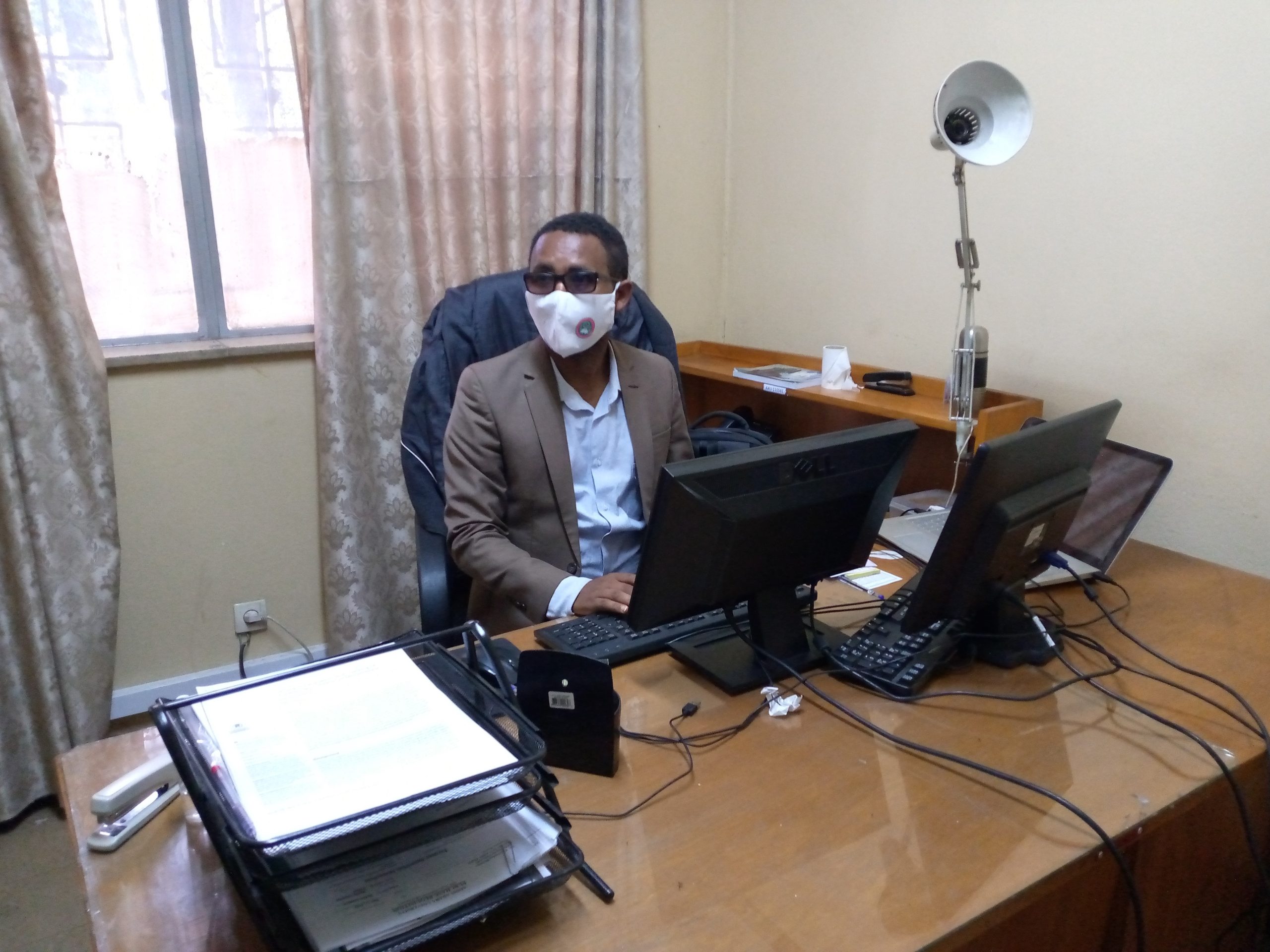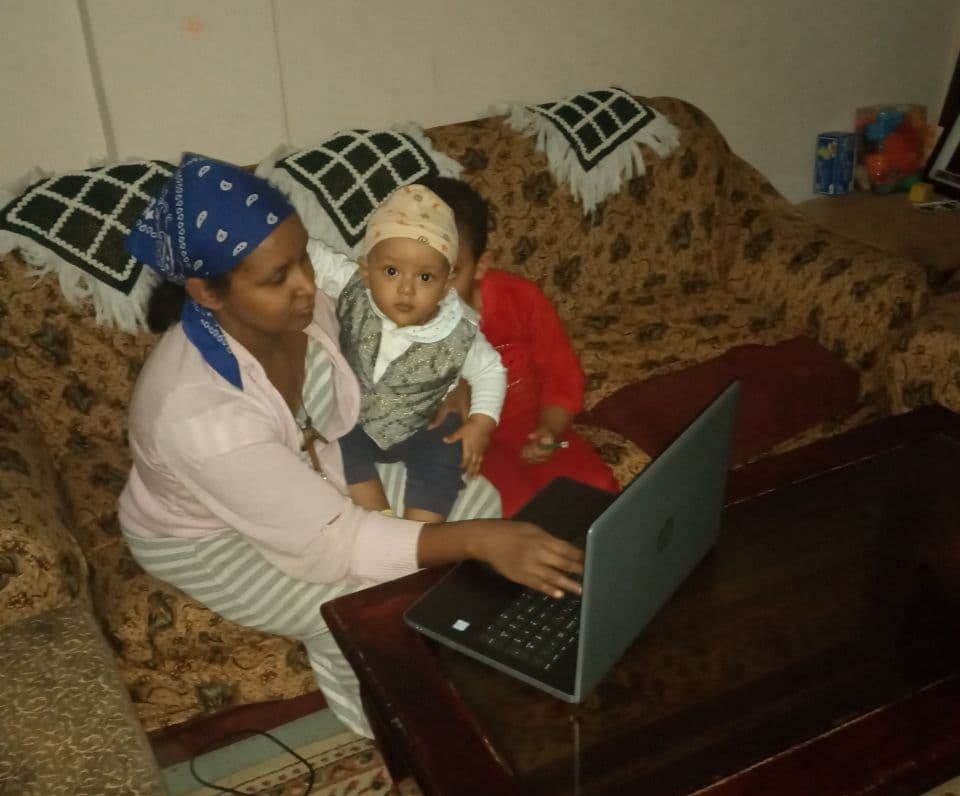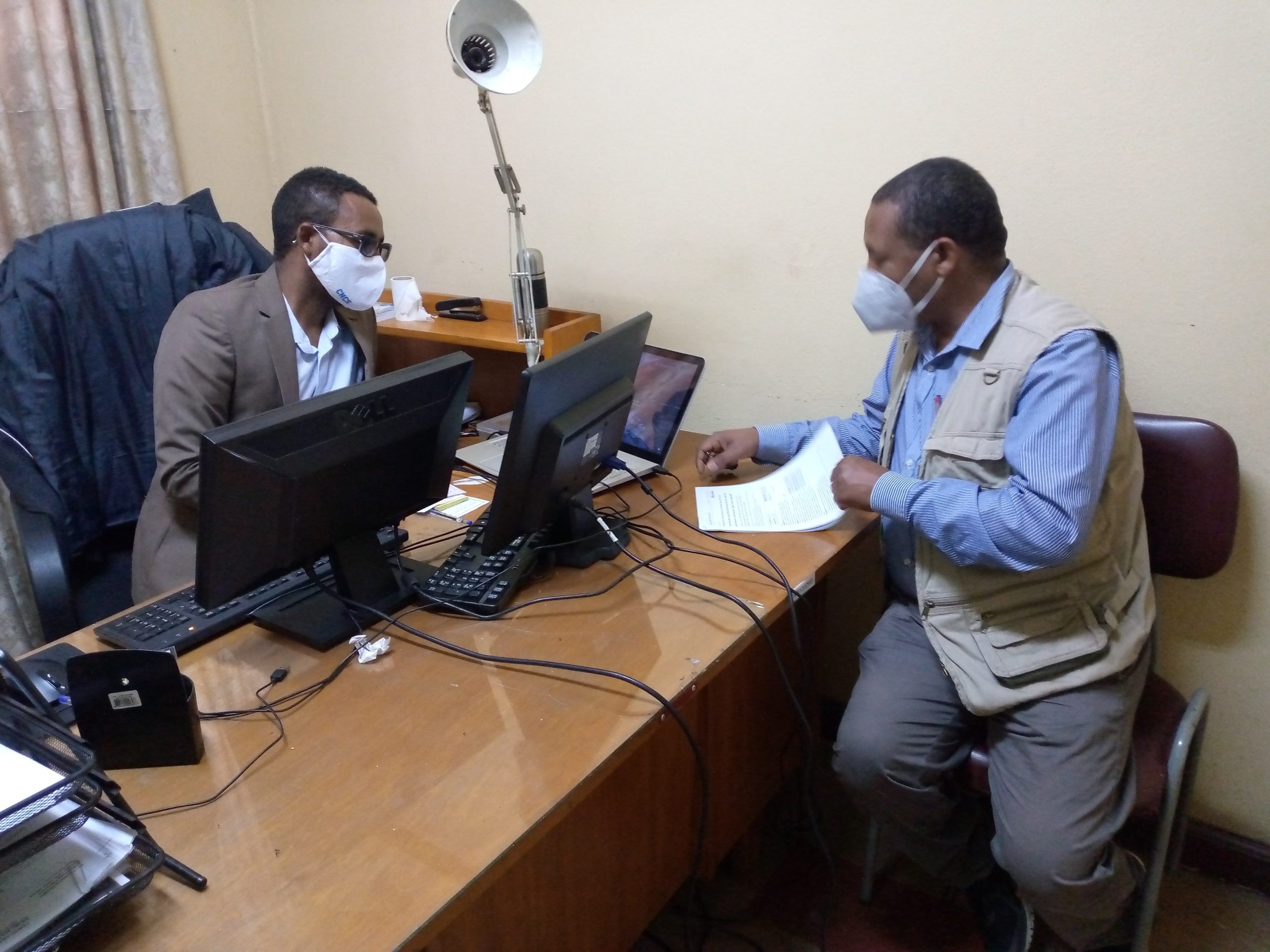
A team from Addis Ababa University, funded by the HORN project via our COVID Sandpit event in June 2020, recently had their findings published by medRvix. You can find their publication here.
In the below report the team describe the full process they have been through, from attending the Sandpit event, receiving funding, to the progression of the study and the key findings.
Who are involved in the project?
This project consisted of Bedilu Alamirie Ejigu, Manalebish Debalike Asfaw, and Tilahun Abebaw, all of whom are researchers at the College of Natural and Computational Sciences, Addis Ababa University, Ethiopia.
Before the Sandpit
The team saw the Projects call for interest in attending the HORN Covid-19 Sandpit event. After considering the call, they completed the online application and awaited further news. We were successful and invited to participate at the event from the 1st – 5th June, 2020.
During the Sandpit
At the beginning of the Sandpit, the team were introduced to their three mentors: Professor Matthew Baylis (University of Liverpool, UK); Dr Lisa Cavalerie (University of Liverpool/ International Livestock
Research Institute, Ethiopia); and Dr Mark Nanyingi (University of Nairobi, Kenya).
During the Sandpit, the group learned a great deal from the programme’s presentations, and the three mentors contributed a lot towards the development of the proposal and framing of the research question. Finally, after the final days of the event where the team had to pitch their proposal to a funding panel, they were awarded a small grant.
After the Sandpit
Soon after the Sandpit, the group members, in consultation with their mentors, continued working on their research idea.
Using Overleaf software, the team created an online platform for working, and after almost three months the group not only produced preliminary results which they shared with potential stakeholders (Ethiopian Ministry of Health, Ethiopian Public Health Institute, and Addis Ababa University), they also formalised their research title: “Assessing the impact of non-pharmaceutical interventions on the dynamics of COVID-19: A mathematical modelling study in the case of Ethiopia” .
This was submitted for publication in a peer reviewed journal. This preliminary result is now available here on the pre-print server, medRvix.
What is the study about?
This study proposes a modified Susceptible Exposed Infected and Recovered (SEIR) model to predict the number of COVID-19 cases at different stages of the disease under the implementation of Non-pharmaceutical Interventions (hygiene, wearing face-mask, and physical-distancing) with different adherence levels in both urban and rural settings of Ethiopia.
What are the key findings?
To estimate the number of cases and their peak time, 30 different scenarios were simulated.
The results reveal that:
- The peak time of the pandemic is different in urban and rural populations of Ethiopia.
- In the urban population, under moderate implementation of three NPIs (hand washing, wearing face coverings or social distancing) the pandemic will be expected to reach its peak in December, 2020 with 147,972 cases, of which 18,100 are symptomatic and 957 will require admission to an Intensive Care Unit (ICU).
- From the implemented NPIs, increasing the coverage of wearing masks by 10% could reduce the number of new cases on average by one-fifth in urban-populations.
- Varying the coverage of wearing masks in rural populations minimally reduces the number of cases.
In conclusion, the projection result reveals that the projected number of hospital cases is higher than the Ethiopian health system capacity during the peak time. To contain symptomatic and ICU cases within health system capacity, the government should give attention to the strict implementation of the existing NPIs or impose additional public health measures.
Challenges during the project
- There was unrest in Ethiopia and complete internet shut down for three weeks in the whole country in June and July. However, each member of the team continued working and met in person as often as possible
- An age-structured data were requested from the concerned bodies but it unfortunately did not materialise, so the team was forced to work with publicly available data
Update on completion
The team have now completed their research and recently had their findings published by medRivx. You can find their publication here.
You can also read their final summary report, detailing their experience with HORN – from the Sandpit through to their study and findings – here.



